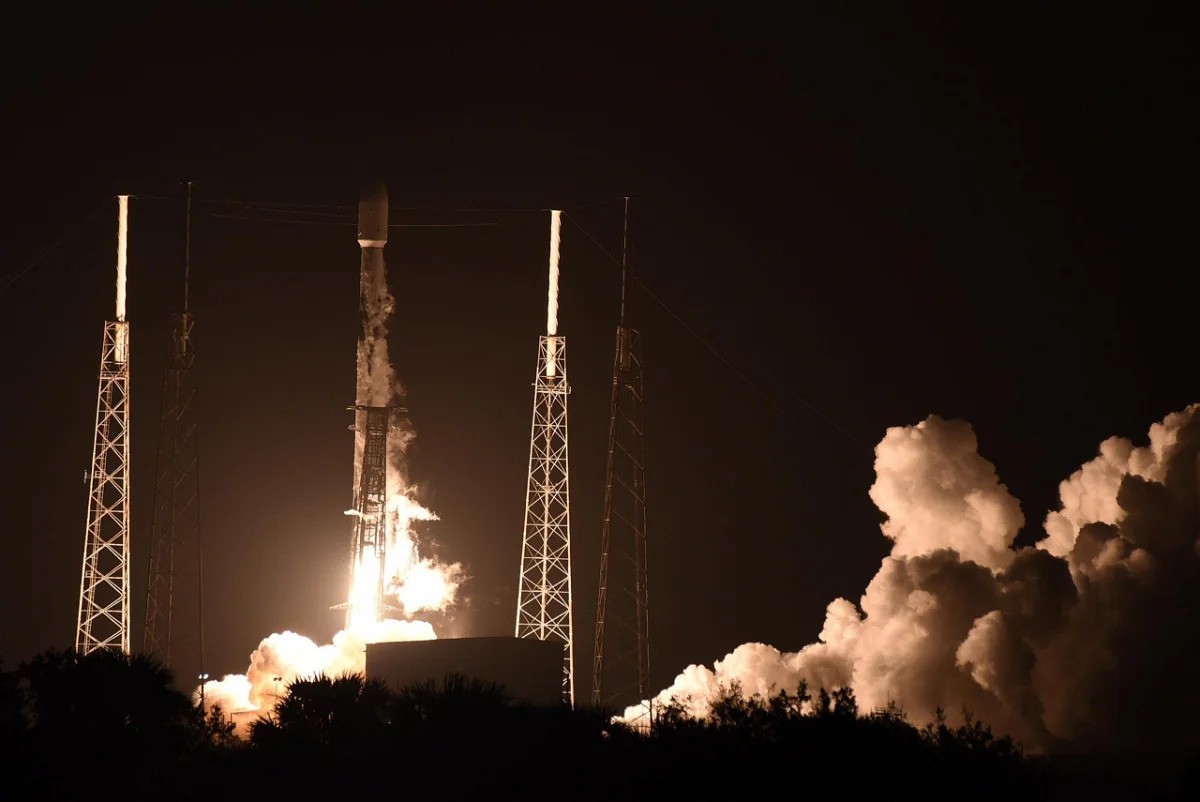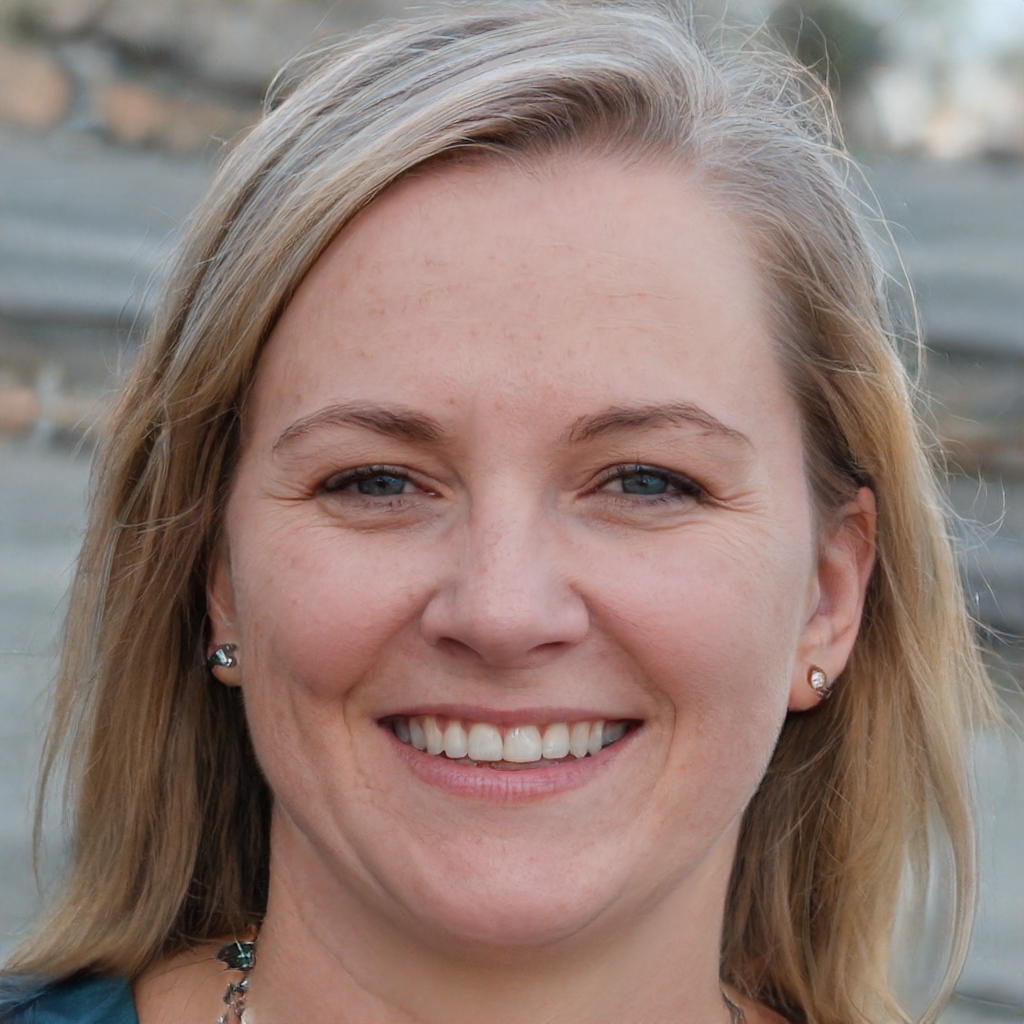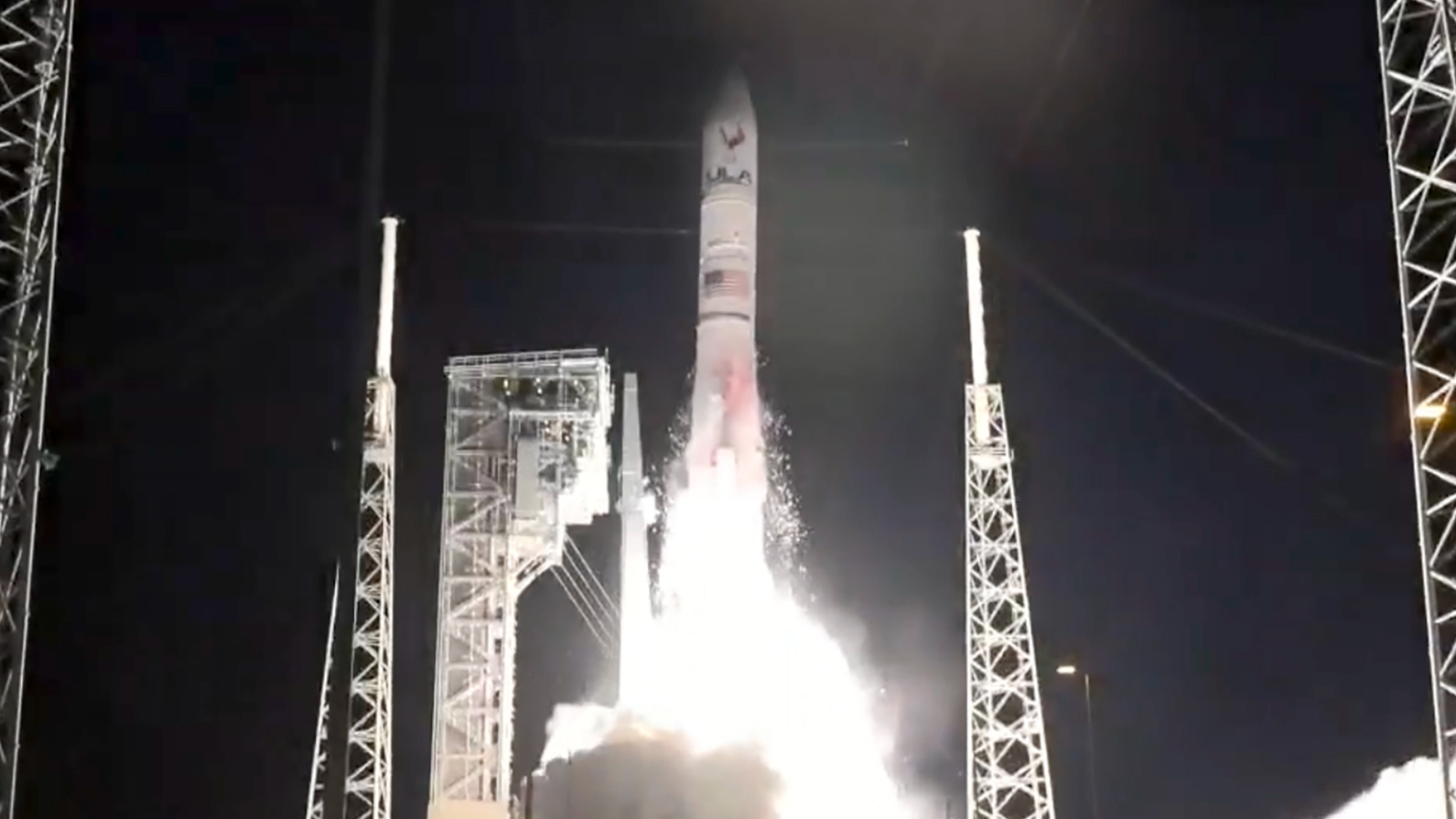First US Moon Mission In Decades Launches As ULA Raises Concerns Over Two Of Its Payloads
First US moon mission in decades launches as ULA raises concerns over two of its payloads. A new towering rocket has successfully launched, carrying what could potentially become the first commercial lander to make contact with the moon. This mission marks the first lunar landing launched from the United States since 1972.
Author:Rhyley CarneyReviewer:Paula M. GrahamJan 09, 20248.3K Shares130.6K Views

First US moon mission in decades launches as ULA raises concerns over two of its payloads. A new towering rocket has successfully launched, carrying what could potentially become the first commercial lander to make contact with the moon. This mission marks the first lunar landing launched by the United States since 1972.
The inaugural flight of the Vulcan Centaur rocket, a model developed by the United Launch Alliance, a collaboration between Boeing and Lockheed Martin, took place at Cape Canaveral Space Force Station in Florida at 2:18 a.m. ET on Monday. Soaring through space for almost an hour, the launch vehicle expended its fuel, breaking free from Earth's gravity and propelling the lunar lander, named Peregrine, on its trajectory to the moon.
At just past 3 a.m. ET, the Peregrine spacecraft successfully detached from the rocket, embarking on its gradual journey towards the lunar surface. If the mission proceeds as planned, the lander is expected to make contact with the moon on February 23.
What Is On Board
The Pittsburgh-based company Astrobotic Technology worked with NASA to develop the Peregrine lander, which takes its name from the world's fastest bird.
“„It's a dream. For 16 years we've been pushing for this moment today. And along the way, we had a lot of hard challenges that we had to overcome and a lot of people doubted us along the way. But our team and the people that supported us believed in the mission, and they created this beautiful moment that we’re seeing today.- Astrobotic CEO John Thornton
Astrobotic Technology received $108 million from the space agency to both develop the Peregrine lander and transport NASA's scientific experiments to the lunar surface. However, NASA is just one of many clients for this mission.
Out of the 20 payloads Peregrine will transport to the moon, five consist of NASA science instruments. The remaining 15 payloads come from various customers, including additional science payloads from countries like Mexico. Also, there are contributions from a private UK-based company conducting a robotics experiment and various trinkets or mementos curated by the German shipping company DHL.
Peregrine is also transporting human remains on behalf of two commercial space burial companies, Elysium Space and Celestis. This decision has faced opposition from the Navajo Nation, the largest Native American group in the United States, asserting that allowing the remains to land on the lunar surface would be disrespectful to many Indigenous cultures that consider the moon sacred. Celestis offers lunar burial services starting at prices exceeding $10,000, as mentioned on the company's website.
Paul Niles, NASA's project scientist for the Commercial Lunar Payload Services program, explained that two of the five NASA-sponsored experiments are devoted to monitoring the radiation environment, assisting in better preparing for upcoming crewed moon missions. Other instruments will analyze the composition of lunar soil, specifically searching for water and hydroxyl molecules. Additionally, NASA will study the moon's extremely thin atmosphere as part of the mission.
Once on the lunar surface, Peregrine is anticipated to function for a duration of up to 10 days before its landing site descends into darkness, rendering it too cold to continue operating.
Additionally, within the payload of the Vulcan Centaur rocket, separate from the Peregrine lander, is another payload from the space burial company Celestis. This mission, named the Enterprise Flight, carries 265 capsules containing human remains and DNA samples from notable figures such as former US presidents John F. Kennedy, George Washington, and Dwight Eisenhower.
The remains include "the creator and several cast members of the original Star Trek television series, as well as an Apollo-era astronaut, together with people from all walks of life, interests, and vocations," according to the company's website.
The Apollo astronaut included in the Enterprise Flight payload is Philip Chapman, who joined the astronaut corps in 1967 but never had the opportunity to go to space. He passed away in 2021. The Enterprise Flight payload is destined for deep space, where it will spend eternity orbiting the sun.
A New Rocket
Beyond the anticipation of an imminent lunar landing attempt, the launch of ULA's Vulcan Centaur rocket marked a significant event in its own right. This rocket stands out as one of the most eagerly anticipated new vehicles to take flight in recent years. Its success could potentially reshape the landscape for both ULA and the broader launch industry.
Established in 2006 to address the US military's need to maintain operational capabilities for both Boeing's Delta and Lockheed Martin's Atlas rockets, ULA has witnessed significant changes in the launch industry over the past two decades. During this time, SpaceX has risen as a dominant force, offering competitive pricing that challenges ULA.
ULA, under the direction of CEO Tory Bruno, envisions a replacement for its Atlas and Delta rockets with Vulcan Centaur. The rocket has already secured approximately 70 missions in its lineup, reflecting ULA's strategic vision for the future.
ULA boasts a flawless launch record, characterized by an absence of significant mission failures. Vulcan Centaur, building on the success of ULA's Atlas rockets, maintains continuity by utilizing essentially the same upper stage, which propels a spacecraft to orbital speeds after liftoff.
A notable modification, however, was implemented in the rocket's first stage—the lower segment responsible for the initial powerful thrust from the launchpad. Vulcan Centaur features two side boosters and two US-manufactured rocket engines, developed by the Jeff Bezos-funded company Blue Origin, positioned at the base of its first-stage booster.
This innovation replaces the Russian-made engines that powered the Atlas rockets. ULA's shift away from Russian engines stems from political considerations, as the reliance on such engines became unpopular amid escalating tensions between the United States and Russia in recent years.
The debut of Vulcan Centaur faced considerable delays, a common occurrence in the aerospace industry where companies frequently surpassed deadlines. ULA experienced prolonged setbacks while waiting for Blue Origin's new engines, and an incident last year resulted in the inadvertent destruction of a Vulcan Centaur upper stage on a test stand.
However, despite these challenges, ULA's CEO, Tory Bruno, noted in November that the development of Vulcan Centaur has been among the "more orderly and well-executed development programs" in his extensive aerospace career. During the initial moments after liftoff, the rocket exhibited signs of functioning as intended.
Jump to

Rhyley Carney
Author

Paula M. Graham
Reviewer
Latest Articles
Popular Articles
